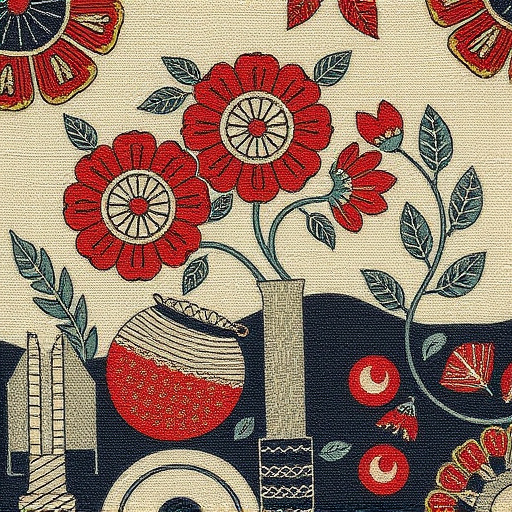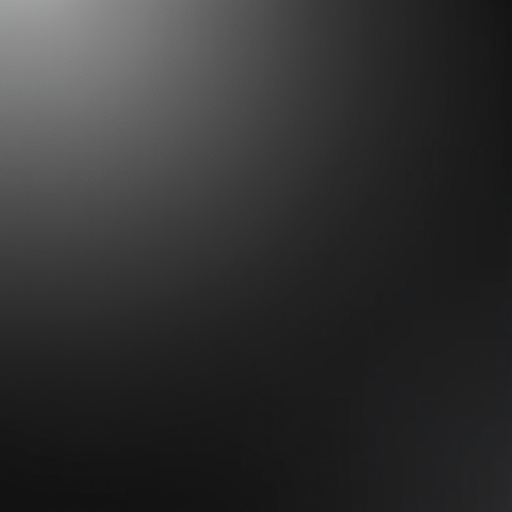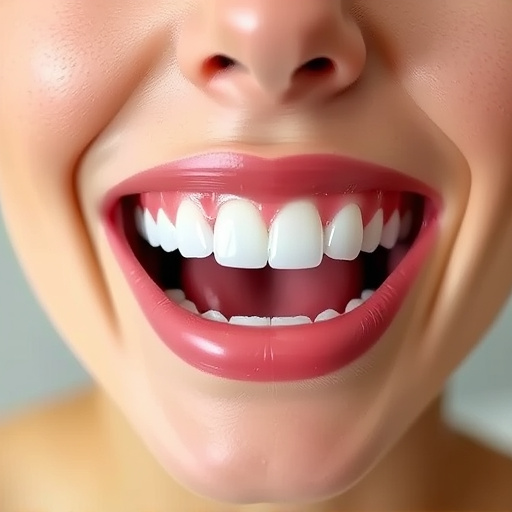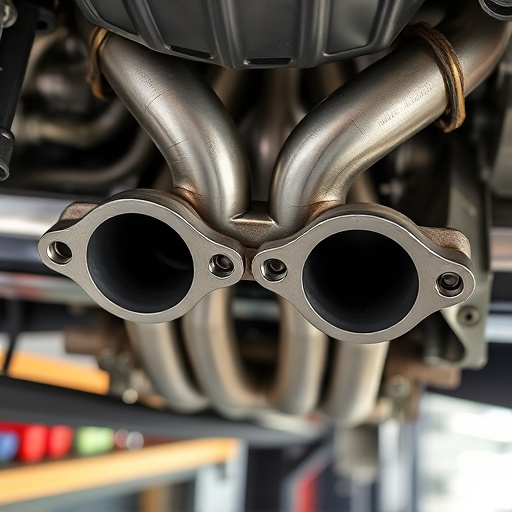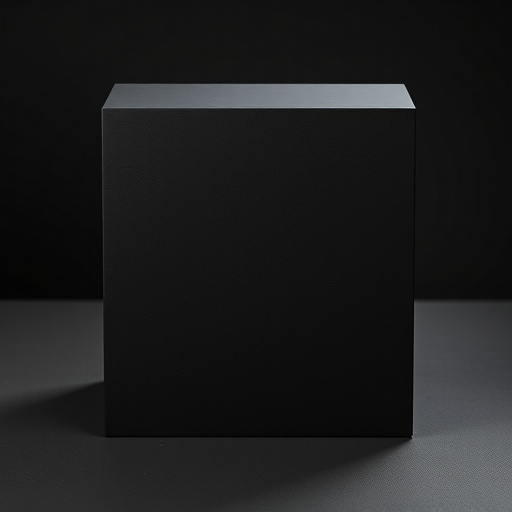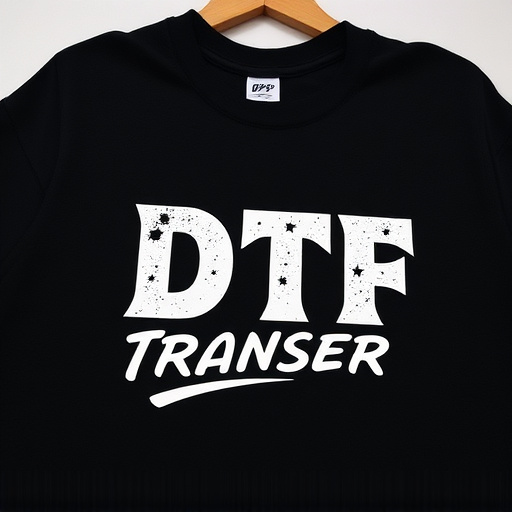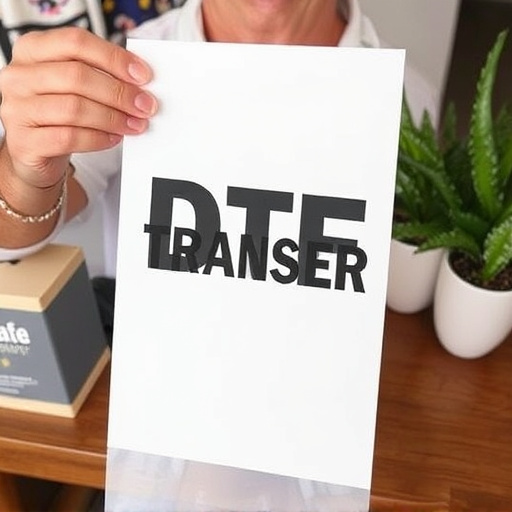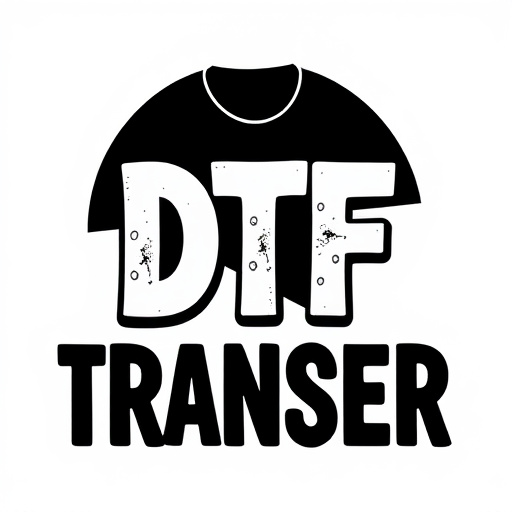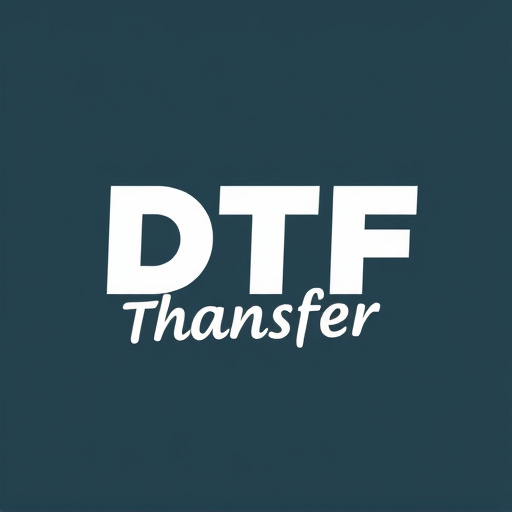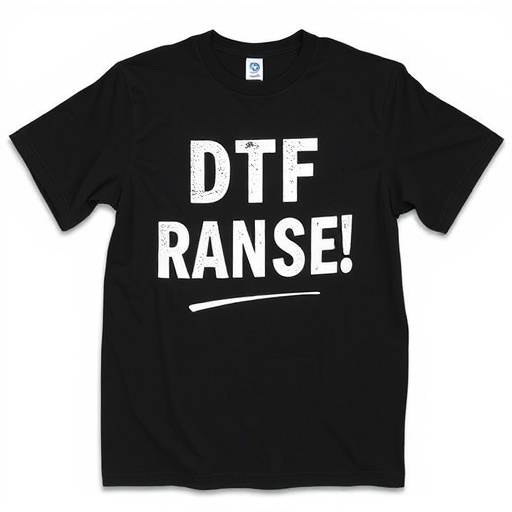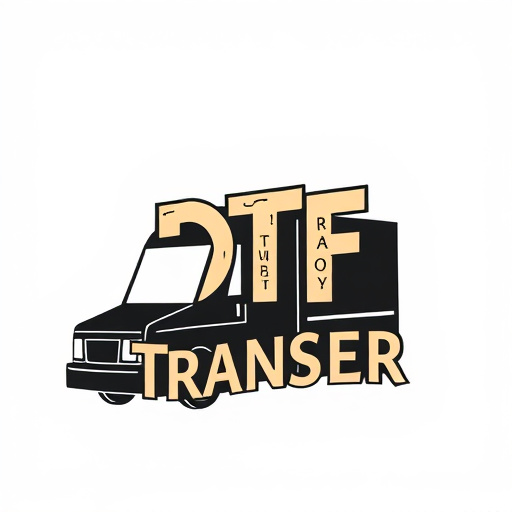Direct-to-Film (DTF) transfer printing and traditional screen printing are two distinct yet complementary techniques in the print industry. DTF offers superior detail accuracy through high-resolution digital imaging, making it ideal for intricate custom designs on various materials. Screen printing, meanwhile, is renowned for its vibrant color production and durability, suitable for large-scale runs and thicker substrates. DTF transfer is a cost-effective alternative for smaller batches, eliminating the need for screen creation and streamlining production. Both methods cater to specific needs, with DTF versatile for diverse applications like custom apparel and promotional items, while screen printing excels in efficiency and longevity for manufacturing and advertising.
In the dynamic world of printing, the debate between traditional screen printing and modern DTF (Direct-to-Film) transfer methods rages on. This article offers a comprehensive comparison, exploring the nuances of each technique. From understanding the classic art of screen printing to uncovering the innovative benefits of DTF, we delve into the process, quality, cost, and diverse applications. By examining these factors, creators and businesses can make informed decisions, choosing between established methods or embracing cutting-edge technology like DTF transfer for their specific needs.
- Understanding Traditional Screen Printing: A Classic Method
- Unveiling Direct-to-Film (DTF) Transfer: A Modern Approach
- The Process of DTF Transfer: Step by Step
- Quality and Precision: Comparing Print Outcomes
- Cost and Efficiency: Which Method Saves Time and Money?
- Applications and Considerations for Each Printing Technique
Understanding Traditional Screen Printing: A Classic Method
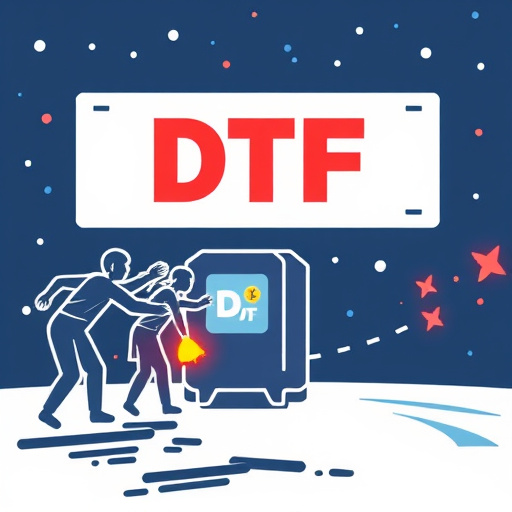
Traditional screen printing, a time-honored technique, involves creating a stencil on a fine mesh or screen, which is then used to transfer ink onto various surfaces like t-shirts, posters, and more. This process begins with a designer creating a unique design or artwork, which is then separated into individual color components. Each component is applied through the screen onto the desired medium, building up layers of color to form the final image. The method has been around for decades, earning its place as a classic in the printing industry.
This traditional approach offers a range of benefits, including vibrant colors, detailed designs, and the ability to print on various materials. It’s especially popular for custom apparel, allowing artists and businesses to create unique, high-quality DTF transfers with intricate details. The process is versatile, accommodating both small-scale and large-volume orders, making it a go-to method for many printing shops worldwide.
Unveiling Direct-to-Film (DTF) Transfer: A Modern Approach

Direct-to-Film (DTF) transfer has emerged as a modern approach in screen printing, revolutionizing the way designs are applied to various materials. Unlike traditional screen printing methods that rely on physically pressing ink through a mesh onto the substrate, DTF utilizes a digital process where images are transferred directly from a film or digital file to the surface using heat and pressure. This innovative technique offers several advantages, such as faster production times, enhanced image quality, and greater flexibility in design customization.
The DTF Transfer process involves printing high-resolution graphics onto special transfer paper using inkjet printers. This printed film is then precisely aligned and pressed against the target material, typically fabric or plastic. The heat activates the ink, creating a permanent bond with the substrate, resulting in vibrant, detailed prints. This method is particularly popular for custom apparel, signage, and even home decor, as it allows for on-demand production and the ability to print complex designs with ease.
The Process of DTF Transfer: Step by Step
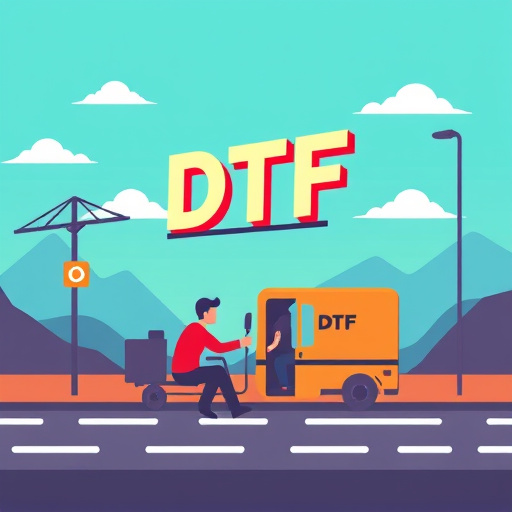
The process of Direct-to-Film (DTF) transfer begins with preparing the design digitally, ensuring it’s optimized for screen printing. This involves using graphic design software to create or edit artwork, ensuring line work is clean and colors are set accurately. Once ready, the design is sent to a special printer that deposits ink directly onto a film sheet, layer by layer, according to the color palette of the design. This film acts as a negative mask, with areas intended for printing being transparent and unprinted areas opaque.
The film is then carefully applied to the print surface, usually a t-shirt or other fabric, and a heat press is used to fuse the ink into the material. The heat activates the polymers in the ink, creating a strong bond with the fabric. After cooling, the mask is removed, leaving a crisp, high-quality print. This method offers precision, versatility, and efficiency, making it a popular choice for custom apparel and promotional items.
Quality and Precision: Comparing Print Outcomes
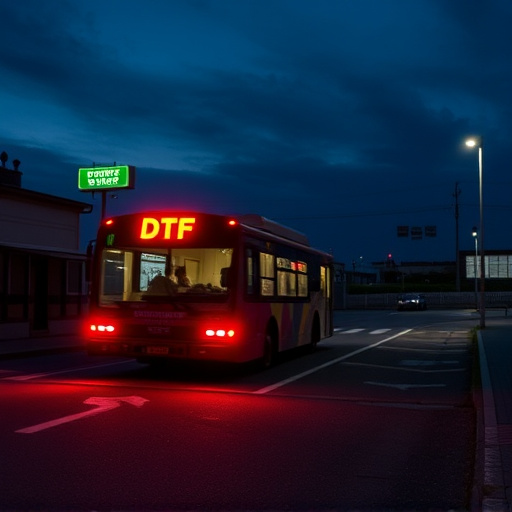
Direct-to-film (DTF) transfer and traditional screen printing methods produce distinct print outcomes, each with its own quality and precision characteristics. In terms of detail reproduction, DTF transfers often excel due to their ability to capture intricate designs and fine lines with remarkable clarity. This is achieved through the use of high-resolution digital imaging that directly exposes the film, minimizing the potential for blur or misalignment often seen in traditional screen printing.
However, traditional screen printing offers its own advantages. It excels in reproducing vibrant colors and robust, lasting prints, especially on thicker materials. The physical process of squeegee pressure ensures ink saturates the substrate evenly, resulting in rich, full-color images. While DTF transfers may have a slight edge in detail accuracy, screen printing’s ability to produce visually striking, durable designs makes it a preferred choice for many applications, particularly those requiring bold aesthetics and longevity.
Cost and Efficiency: Which Method Saves Time and Money?

Direct-to-film (DTF) transfer printing offers a cost-effective and efficient alternative to traditional screen printing, especially for smaller batch sizes or custom designs. While setting up a DTF system may involve an initial investment in equipment, it eliminates many of the variable costs associated with screen printing, such as creating screens and the waste that comes with them. Each print job in DTF is direct from the digital file to the substrate, reducing the time spent on preparation compared to the multi-step process of screen printing.
For businesses looking to save both time and money, DTF transfer printing can be a game-changer. It streamlines the production process, allowing for faster turnaround times without compromising quality. This method is particularly beneficial for custom t-shirts, promotional items, or short-run productions where the cost of setting up traditional screen printing might not be justified.
Applications and Considerations for Each Printing Technique

Direct-to-film (DTF) printing and traditional screen printing are two distinct methods with unique applications in the world of printing. DTF transfers are particularly versatile, suitable for a wide range of materials including fabric, wood, metal, and plastic. This makes it an attractive option for custom apparel, home decor items, and promotional products. The non-contact nature of DTF allows for intricate designs with fine details, enabling complex artwork and vibrant colors.
On the other hand, traditional screen printing is renowned for its durability and ability to handle large print runs efficiently. It’s commonly used in industries like manufacturing, advertising, and packaging due to its capability to produce consistent results on various surfaces. While it may not offer the same level of detail as DTF for small-scale or custom projects, screen printing excels in bulk production, making it a reliable choice for creating large quantities of identical prints. Each method has its strengths, catering to different needs and considerations based on project scope, desired aesthetics, and intended use.
